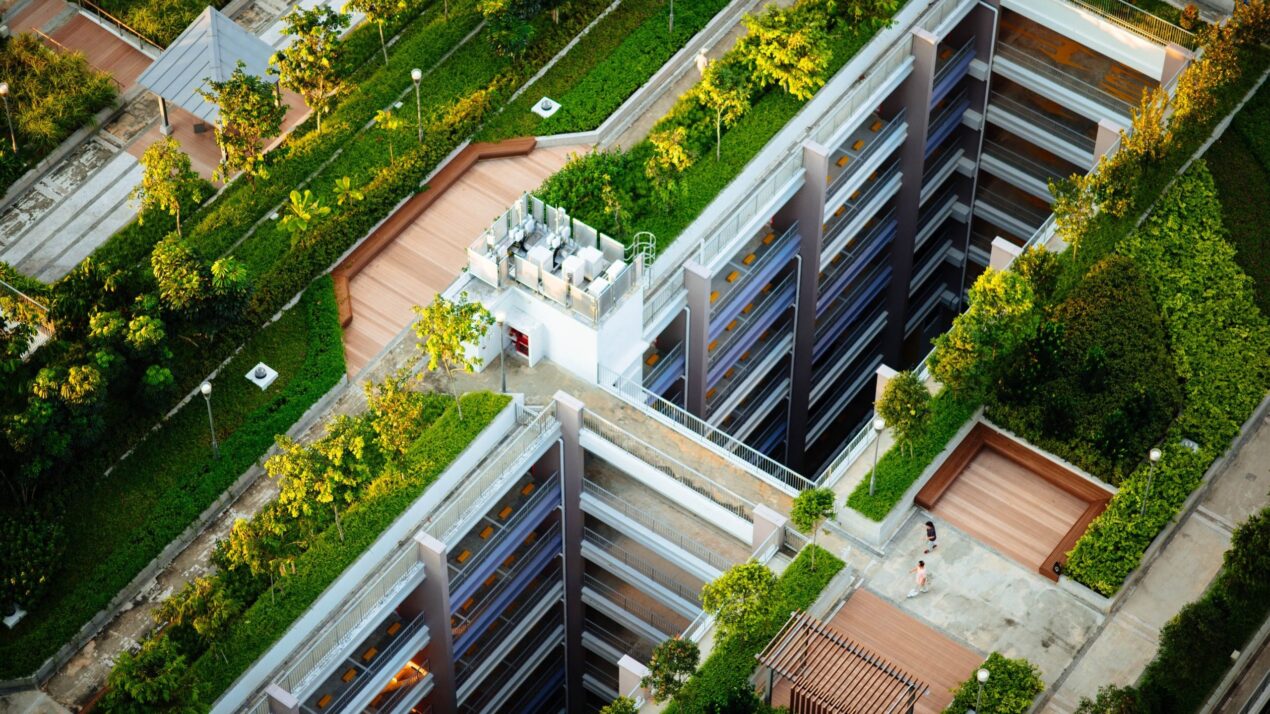
Energy efficient building codes
Mandate

Summary
Setting more energy efficient building energy codes can drive the implementation of cooling strategies. Mechanical cooling often makes up a large portion of total building energy use. Adoption of more energy efficient designs and technologies such as passive cooling and sensor systems to measure usage can reduce overall heat gain by reducing waste heat and minimize the building’s cooling load.
Implementation
Update building energy codes to require increased energy efficiency in new and existing buildings. Building Performance Standards can be used to set long-term goals with phased; interim targets.
Considerations for Use
This intervention will have the greatest impact in geographies anticipating increasing or continued growth with new development. Governing authorities without sufficient capacity or authority to adopt regulations could consider voluntary requirements. Energy efficient building codes are particularly impactful in hot and humid climates where mechanical cooling makes up a significant portion of energy costs.
Overview
Climate:
Cold, Hot/Dry, Hot/Humid, TemperatePolicy Levers:
MandateMandates are government regulations that require stakeholders to meet standards through building codes, ordinances, zoning policies, or other regulatory tools.Trigger Points:
City planning processesIncludes city initiatives such as the development of climate action plan, pathway to zero-energy, master plan, transit plan, energy mapping etc.Introducing new or updated zoning/codesIncludes codes, zoning requirements or by-laws pertaining to urban planning and building construction activity.No-regrets actions (low cost/low effort but substantial benefit)Interventions that are relatively low-cost and low effort (in terms of requisite dependencies) but have substantial environmental and/or social benefits.Intervention Types:
Buildings and Built FormSectors:
Buildings
Case Studies
Impact
Target Beneficiaries:
Property owners, ResidentsPhase of Impact:
Risk reduction and mitigationMetrics:
Change in energy consumption, Energy savings, Number of complying buildings
Implementation
Intervention Scale:
City, Region, State/ProvinceAuthority and Governance:
City government, State/provincial governmentImplementation Timeline:
Medium-term (3-9 Years)Implementation Stakeholders:
City government, Private developers, Property owners and managersFunding Sources:
Private investmentCapacity to Act:
High, MediumBenefits
Cost-Benefit:
LowPublic Good:
N/AGHG Reduction:
MediumCo-benefits (Climate/Environmental):
Reduce greenhouse gas emissionsCo-benefits (Social/Economic):
Save on utilities
